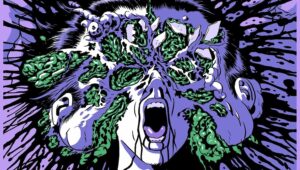
Fanbase Press Interviews Derick Jones on the Release of the Comic Book, ‘Nose Bleed’
The following is an interview with Derick Jones regarding the recent release of the comic book, Nose Bleed, with Reptile House Comix. In this interview,

The following is an interview with Derick Jones regarding the recent release of the comic book, Nose Bleed, with Reptile House Comix. In this interview,
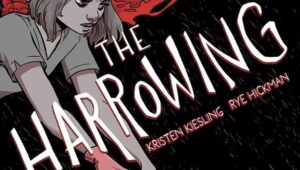
The following is an interview with Rye Hickman regarding the recent release of their graphic novel, The Harrowing, through Abrams Fanfare. In this interview, Fanbase

The following is an interview with writer M.H. Cali regarding the recent launch of a Zoop crowdfunding campaign for the graphic novel, The Fury, The

The following is an interview with Jordan Mechner (creator, Prince of Persia video game franchise) regarding the recent launch of a Kickstarter campaign for the
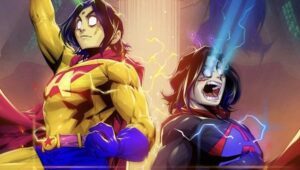
The following is an interview with Eisner Award-winning creator and writer Jim Krueger regarding the recent release of HiROQUEST: The Graphic Novel in collaboration with

The following is an interview with Jonell Joshua regarding the upcoming release of her illustrated memoir, How Do I Draw These Memories?, with Levine Querido.
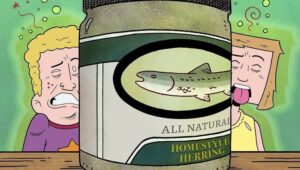
The following is an interview with Alex Schumacher regarding the recent release of his graphic novel, The Effects of Pickled Herring, through Mango Publishing. In
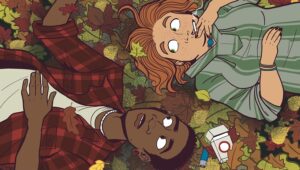
The following is an interview with cartoonist S.E. Case regarding the recent launch of the BackerKit campaign for the first-ever print edition of her webcomic,
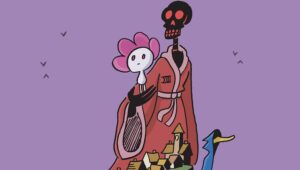
The following is an interview with Thom regarding the upcoming release of his graphic novel, Botanica Drama, through Pow Pow Publishing. In this interview, Fanbase

The following is an interview with Christi Furnas on the upcoming release of her graphic novel, Crazy Like a Fox: Adventures in Schizophrenia, through Street